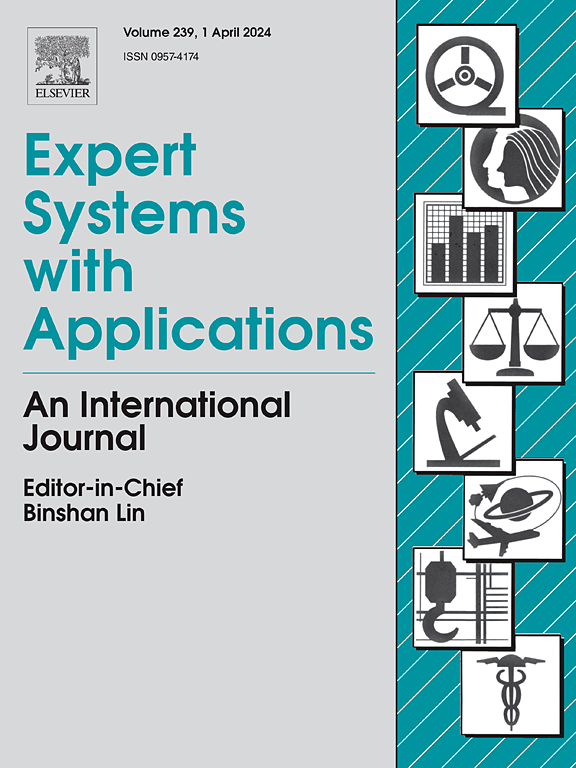Research on constructing and reasoning the collision knowledge graph of autonomous navigation ship based on enhanced BERT model
IF 7.5
1区 计算机科学
Q1 COMPUTER SCIENCE, ARTIFICIAL INTELLIGENCE
引用次数: 0
Abstract
This study proposes a Lexicon-enhanced BERT model (LEBERT) to enhance the analysis of autonomous ship collisions, addressing the challenges posed by limited annotated data and imbalanced entity type distribution. The LEBERT model integrates character-level and lexicon-level semantics through a Lexicon Adapter module and employs a span-based decoding approach to supplant traditional Conditional Random Fields (CRF). The experimental findings, drawn from an analysis of 257 accident reports, demonstrate that the proposed model attains an F1-score of 0.711, signifying enhancements of 2.3% and 21.3% over baseline models in the domains of general and long-entity recognition, respectively. The impact of entity label granularity on model performance was further explored, confirming that enhanced granularity greatly improves prediction accuracy and clustering consistency. Utilizing the entity prediction results derived from 60 accident cases, a novel conversion framework was developed that translates human error factors identified in conventional maritime analyses into failure modes applicable to autonomous ship systems. Through the selection of causal factors and the reconfiguration of case labels, a specialized knowledge graph tailored for autonomous navigation was developed. The knowledge graph incorporates advanced BERT-based reasoning within a multimodal data framework, thereby enabling the extraction of entities from unstructured text and supporting the development of scalable domain knowledge repositories. This study proposes a series of concepts relating to the implementation of knowledge graphs in the domain of autonomous navigation ships.
求助全文
约1分钟内获得全文
求助全文
来源期刊

Expert Systems with Applications
工程技术-工程:电子与电气
CiteScore
13.80
自引率
10.60%
发文量
2045
审稿时长
8.7 months
期刊介绍:
Expert Systems With Applications is an international journal dedicated to the exchange of information on expert and intelligent systems used globally in industry, government, and universities. The journal emphasizes original papers covering the design, development, testing, implementation, and management of these systems, offering practical guidelines. It spans various sectors such as finance, engineering, marketing, law, project management, information management, medicine, and more. The journal also welcomes papers on multi-agent systems, knowledge management, neural networks, knowledge discovery, data mining, and other related areas, excluding applications to military/defense systems.
 求助内容:
求助内容: 应助结果提醒方式:
应助结果提醒方式:


